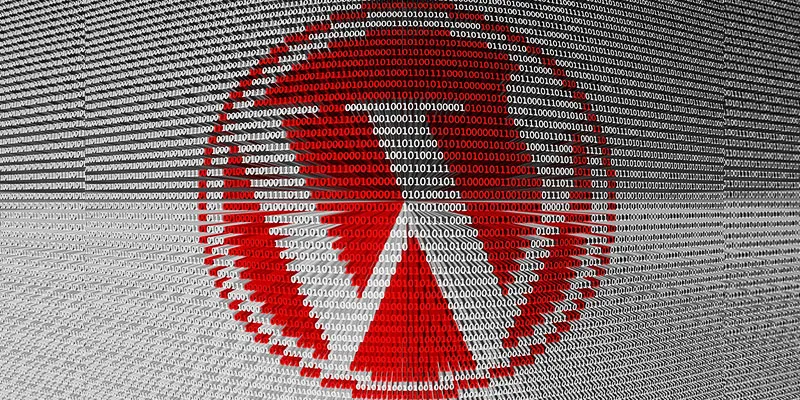6 SEO-friendly tips to improve site speed on WordPress blogs
Are you a Blogger on WordPress? Are you tired of the slow speed of your blog? Are you tired of your followers complaining that your page takes a lot of time to load?
WordPress is an online PHP creation which is open source, and is used by a huge community of bloggers from all over the world. It is a platform where one may share their views, in various forms like writing, videos, and audio.
If you are a regular blogger or an aspiring one, make sure you read ahead! Here are a few easy-to-follow tips to optimise the speed of your WordPress blog. If you are a beginner in the blogging world, these tips should give you a head start.

It is important to increase the speed of your blog because of a number of reasons. The main reason is the first impression—when someone opens your blog or content page for the first time, it is only a few seconds that decide whether people follow your blog or render it unimportant. Hence, time is of the essence.
Moreover, Google assesses the speed of the site nowadays for SEO. It is all the more important to optimise one’s blog site speed along with optimised content. If the speed of the site is slow, one is bound to lose visitors as the rank on Google Search Results is lower than expected.
Some easy tips to improve the site speed are:
Choice of WordPress host
One of the major drawbacks for decreased speed of your site is the choice of WordPress host. It is important to research a bit, check reviews, and do speed tests before one decides on the host. One can use Pingdom to check site speed for starters.
If you feel, the site is taking longer than two to three seconds to load, one needs to choose a different host. Here is a widely recommended host for WordPress which gives good speed to its blog sites—WP Engine. Do not get attracted to hosts showing ‘unlimited page views’. Such hosts definitely have their perks, but at the cost of reduced speed. This makes the site lose visitors and, potential followers.
Optimise your images
The images or pictures that you decide to add to your blog must be of reasonable size. One must learn to attach pictures of lesser sizes without compromising on the quality. But it becomes extremely cumbersome to compress every picture individually. It is time-consuming and boring.
There are plugins like Short Pixel and SmushIt which can compress the size of pictures without reducing the quality. These plugins will definitely help improve the site speed.
Install a WordPress cache plugin
Whenever someone visits a site on WordPress, the server retrieves the required information from a number of places —MySQL database and PHP files (as WordPress was built using PHP). After retrieving the required information, the server puts the information together in HTML format for the reader. These unnecessary steps greatly reduce the speed of the site.
With the simple use of a Cache Plugin, this problem can be solved at the root itself. This is especially important if one does not use a managed WordPress hosting. Super Cache Plugin is a well-known plugin which increases site speed.
Use of content delivery network
Bloggers from different geographical locations may experience different speeds of your site. This occurs mainly because of the location of the host servers. For instance, if a viewer is in India, and the host server is somewhere in the UK, then he or she will experience reduced speed of site as compared to someone in the UK itself.
This problem brings in the need of CDNs or content delivery networks. CDN collects all the static files like images, Javascript, etc., and let the viewer download them from a server nearest to the viewer or reader. A few effective CDNs are Free CDN, Max CDN, and Cloudfare CDN.
Control the flow of ad scripts and pop-ups
It is important to understand that third-party scripts on your page are essential, but at the same time, its traffic must be controlled. One must be aware of the source of third-party scripts and the impacts on the site performance.
Pingdom website speed tracker helps in showing the source of such scripts. Optin Monster is a plugin which helps in managing such traffic from third party scripts.
In order to optimise the speed of the site further, one needs to add one more layer of optimisation. Even after managing ad scripts and pop-ups, there are other sources of media scripts as well. These also slow down the loading time of the site. One may use plugins like Lazy Load which let the basic written content load first, and then the associated pictures and videos load.
Stopping pingbacks and trackbacks
WordPress is bound to interact with those sites which have features of pingbacks and trackbacks. This will not reduce your interaction with followers, but will add speed to your site.This is more like managing the comments and backlinks on your site. You can choose what to keep and what to discard.
It is thus important to understand these basics in order to optimise viewership for your site. It will definitely lead to good user experience and better viewership counts. So if you are on the journey to becoming a successful blogger, this is a must-read guide for you. Read, apply, and enjoy! Let us know about your experiences in the comments below.







